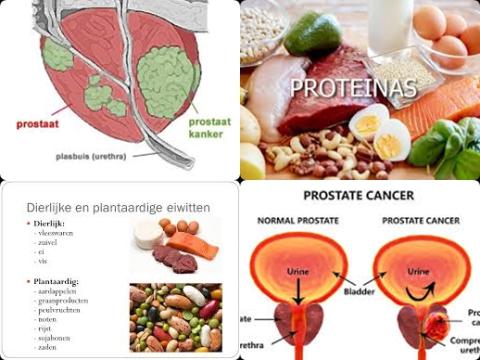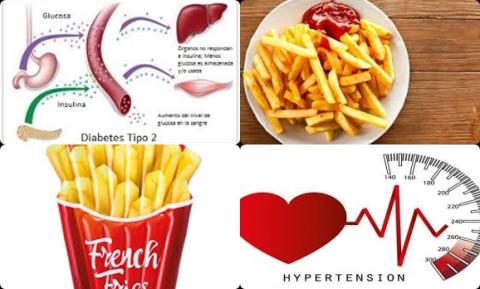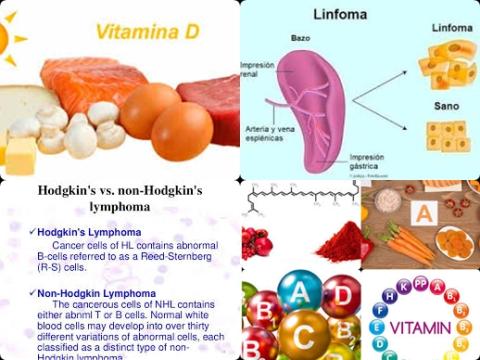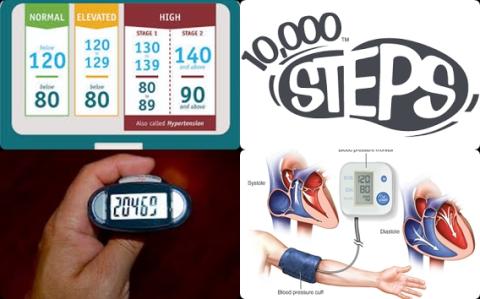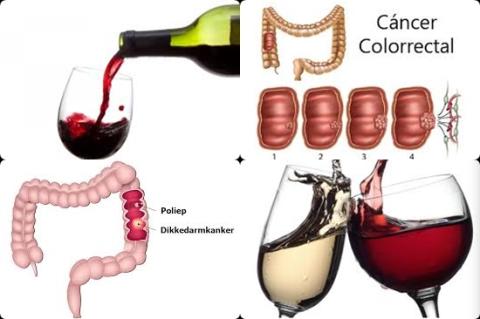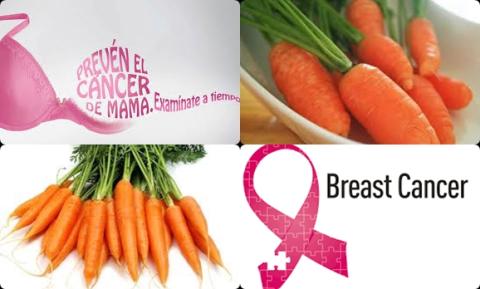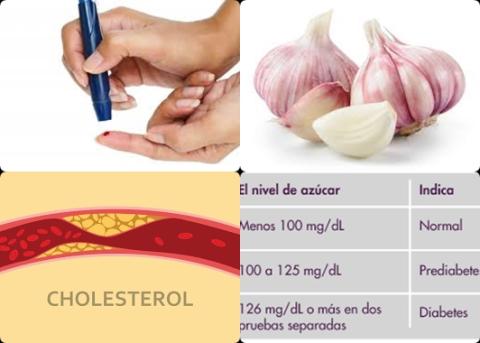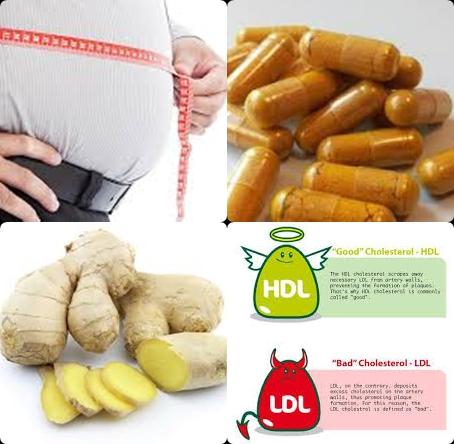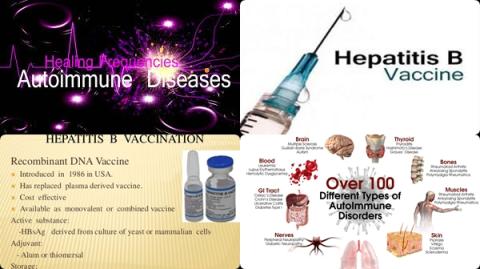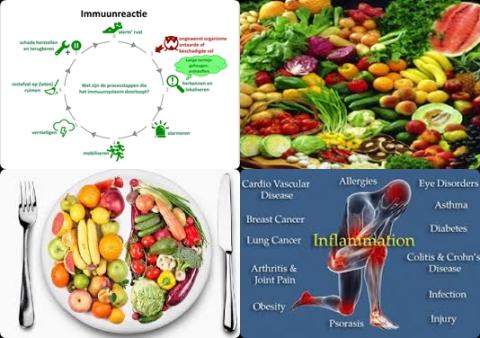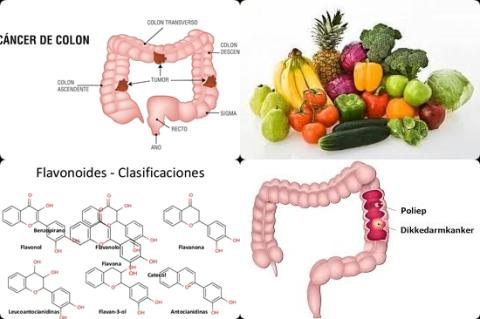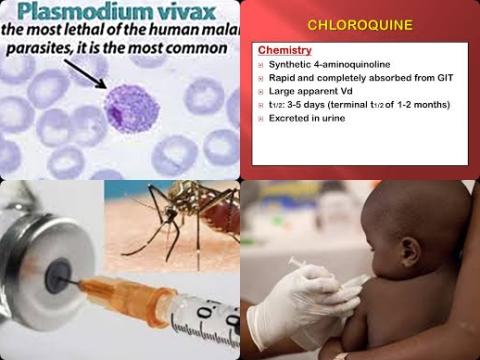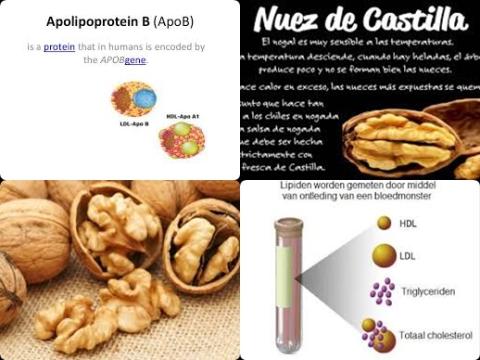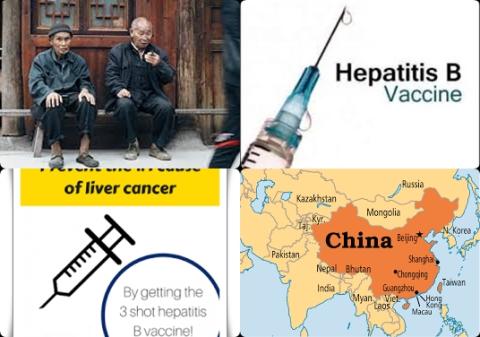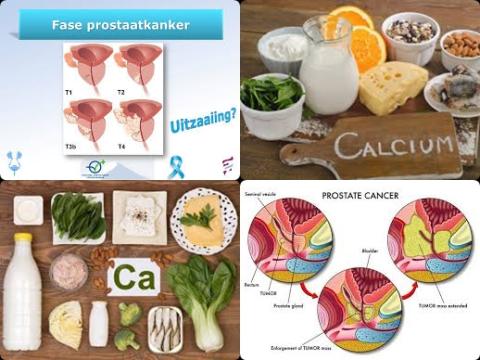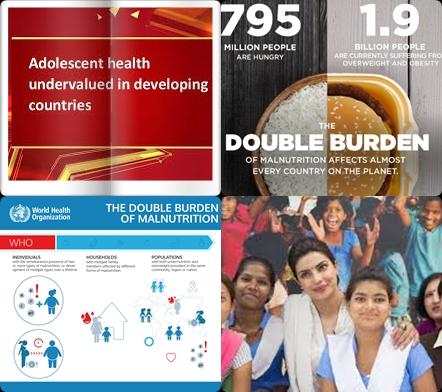All-cause mortality risk is lowest with a diet with 50-55 En% carbohydrates
Objectives:
Low carbohydrate diets, which restrict carbohydrate in favour of increased protein or fat intake, or both, are a popular weight-loss strategy. However, the long-term effect of carbohydrate restriction on mortality is controversial and could depend on whether dietary carbohydrate is replaced by plant-based or animal-based fat and protein. Therefore, this review article has been conducted.
Is there a relationship between carbohydrate diet and all-cause mortality?
Study design:
This review article included 8 cohort studies with a total of 432,179 participants, of which 40,181 deaths.
Results and conclusions:
The investigators found in the meta-analysis of 8 cohort studies, low carbohydrate consumption (40 En%) significantly increased all-cause mortality risk with 20% [pooled HR = 1.20, 95% CI = 1.09-1.32].
The investigators found in the meta-analysis of 8 cohort studies, high carbohydrate consumption (>70 En%) significantly increased all-cause mortality risk with 23% [pooled HR = 1.23, 95% CI = 1.11-1.36].
The investigators found, however, results varied by the source of macronutrients: all-cause mortality increased when carbohydrates were exchanged for animal-derived fat or protein [HR = 1.18, 95% CI = 1.08-1.29] and all-cause mortality decreased when the substitutions were plant-based [HR = 0.82, 95% CI = 0.78-0.87].
The investigators found a U-shaped relationship between carbohydrate intake and all-cause mortality, with minimum risk observed with 50-55% of energy from carbohydrate.
The investigators concluded that both high (>70 En%) and low percentages of carbohydrate diets (40 En%) are associated with increased all-cause mortality, with minimal risk observed at 50-55 En% carbohydrate intake. Low carbohydrate dietary patterns favouring animal-derived protein and fat sources, from sources such as lamb, beef, pork and chicken, are associated with higher all-cause mortality, whereas those that favoured plant-derived protein and fat intake, from sources such as vegetables, nuts, peanut butter and whole-grain breads, are associated with lower all-cause mortality, suggesting that the source of food notably modifies the association between carbohydrate intake and all-cause mortality.
Original title:
Dietary carbohydrate intake and mortality: a prospective cohort study and meta-analysis by Seidelmann SB, Claggett B, […], Solomon SD.
Link:
https://www.thelancet.com/journals/lanpub/article/PIIS2468-2667(18)30135-X/fulltext
Additional information of El Mondo:
Find more information/studies on meta-analysis/cohort studies, carbohydrates and elderly right here.
The most easy way to follow a diet with 50-55 En% carbohydrates is to choose only meals/products with 50-55 En% carbohydrates.
However, the most practical way to follow a diet with 50-55 En% carbohydrates is all meals/products that you eat on a daily basis should contain on average 50-55 En% carbohydrates. Check here which products contain 50-55 En% carbohydrates.
